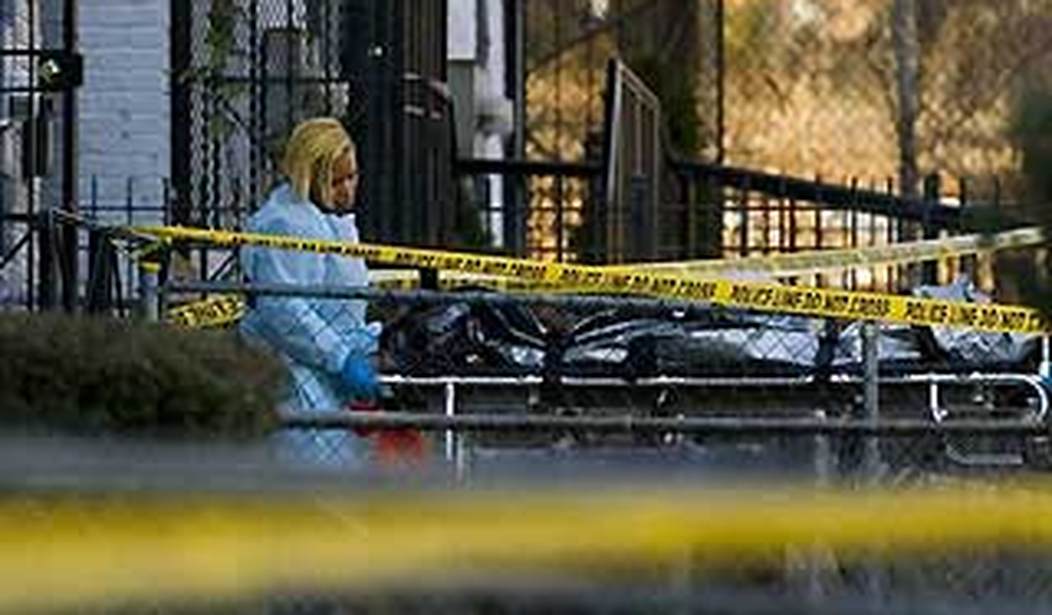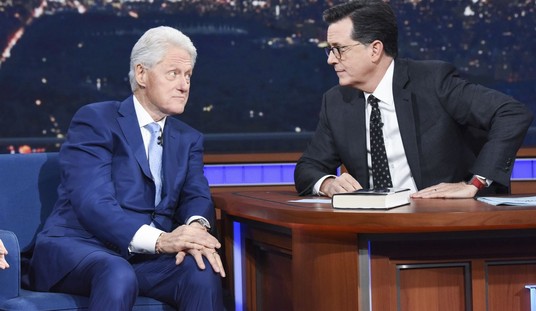WASHINGTON – Following a series of gang-related incidents this summer, residents of D.C.’s 8th Ward gathered at a local church to discuss the causes of gang violence and what to do about it.
The D.C. Commission on Black Men and Boys – a committee created in 2001 to study the impediments to the success of the District’s African-American men and to identify solutions – convened a group of former gang members and gang intervention specialists at the Matthews Memorial Baptist Church in Southeast D.C. for a roundtable discussion on gang violence.
The purpose of the discussion was, as the commission’s founder Del. Eleanor Holmes Norton (D-D.C.) pointed out, to allow the community to have a “candid conversation” on some of the issues involving gang violence among youth in the nation’s capital.
Norton said that even though the District does not have the same level of organized gang activity as other metropolitan areas in the United States, the city still has to deal with sporadic gang violence.
“We don’t have the kind of raging gang violence in this city that sometimes we’ve seen in the West Coast and even Chicago,” Holmes said. “What we have is gang violence…[that] emerges and then goes underground so as to prepare for the next emergence.”
In May, a group of gunmen in Southeast D.C. opened fire on people standing near a bus stop, wounding three, including two 17 year olds.
Earlier this year, a spate of street fights in Anacostia, and two shootings in uptown Woodley Park, including one outside the National Zoo, raised the alarm about a developing wave of gang violence in the city. The shootings prompted a community meeting, where people from affluent Northwest Washington voiced their concern that violence was spilling over from Ward 8 – an area in Southeast D.C. known for high rates of poverty and crime, and low rates of high school graduation.
Jeremiah Hawkins, director of family services at the Far Southeast Family Strengthening Collaborative (FSFSC), a nonprofit serving children and families in Ward 8, said that in light of these incidents his organization expected an uptick in violence in the area over the summer. Instead, the opposite happened.
“There has been a concentrated effort by the Metropolitan Police Department and community providers to address a lot of the violence that has been taking place and this resulted in a dramatic decrease in the violence that happened over the summer,” Hawkins said.
Hawkins said his organization has introduced violence intervention programs that focus on specific areas of Ward 8. He noted that the area had some of the lowest rates of violence in the city in 2013, which he attributed, in part, to the success of gang intervention programs.
“We believe these programs at schools and libraries targeted at youth in these areas have had a direct effect on the violence happening around these places, and we will continue to do what we can to address this issue,” Hawkins said.
Norton said that finding a way for these youth to stay in school might help keep them out of gangs.
“There seems to be a correlation between graduation rates and gang violence,” Norton said. “We know that if young men stay in school they are less likely to be engaged in ongoing gang activity.”
D.C. high school graduation rates have been among the lowest in the country for some time, coming last in the nation in 2010-2011 with 56 percent of high school students obtaining their diplomas within four years. The graduation rate ticked up to 64 percent in 2013, a three-point gain over the previous school year. But those numbers mask wide gaps between different schools. For instance, the five high schools at the top of the list all have graduation rates higher than 90 percent. But if you go to the bottom of the list, the last five schools all have graduation rates below 50 percent. The two schools at the bottom have graduation rates below 5 percent.
“The gap is quite amazing,” Norton said. “We don’t know what’s happening.”
Donald Stevenson, a program officer at FSFSC, said increasing access to recreation centers and creating programs that provide young people something to do after school would help curb gang activity.
“You look at any street corner within Ward 8 after hours and you can find 30 or 40 youth still in their uniforms,” he said. “In Southeast alone, there are no recreation centers within a ten-block radius and the institutions that we have in place do not have programs that cater to the interests of the young people that should be drawn into these places.”
Stevenson said gang violence is an issue that is best dealt with by members of the community, including churches, businesses, residents, and public officials. He called for community members to “come together and work on these issues.”
Stevenson established with some friends a group called “Sons of Light” to mentor children with parents in prison. He said he hopes through his work he can help these youth “rebuild” what it means to be a child of incarcerated parents.
“I was born in prison. My mother was incarcerated. My father was incarcerated,” he said. “According to the norms of society, I’m not supposed to be here.”
Stevenson said one of the main issues affecting young people in the community is a lack of positive role models, which leads many of them to make the wrong choices.
“They don’t know what a strong, positive black male looks like, they don’t know what a father looks like, they don’t know what a husband looks like,” Stevenson said. “Without the image of what is right, they are only going to do what they think is right.”
“Our young people have lost a sense of who they are and who they can become. A lot of that blame lies on us,” he continued. “The African American man has to become a stronger fixture in the community and in the household.”
One member of the audience said she hoped that the forum will encourage members of the community to get involved and try to make a difference in the lives of these youth.
“There’s always a lot of talk in these types of events,” she said. “This is really good, but what’s gonna happen after we leave here tonight?”
Norton promised to meet with D.C. officials to address some of the issues raised during the discussion.
“I intend to have a conversation with city leaders to figure out what can be done about young men who are reaching out and in their own way asking for help,” she said.









Join the conversation as a VIP Member